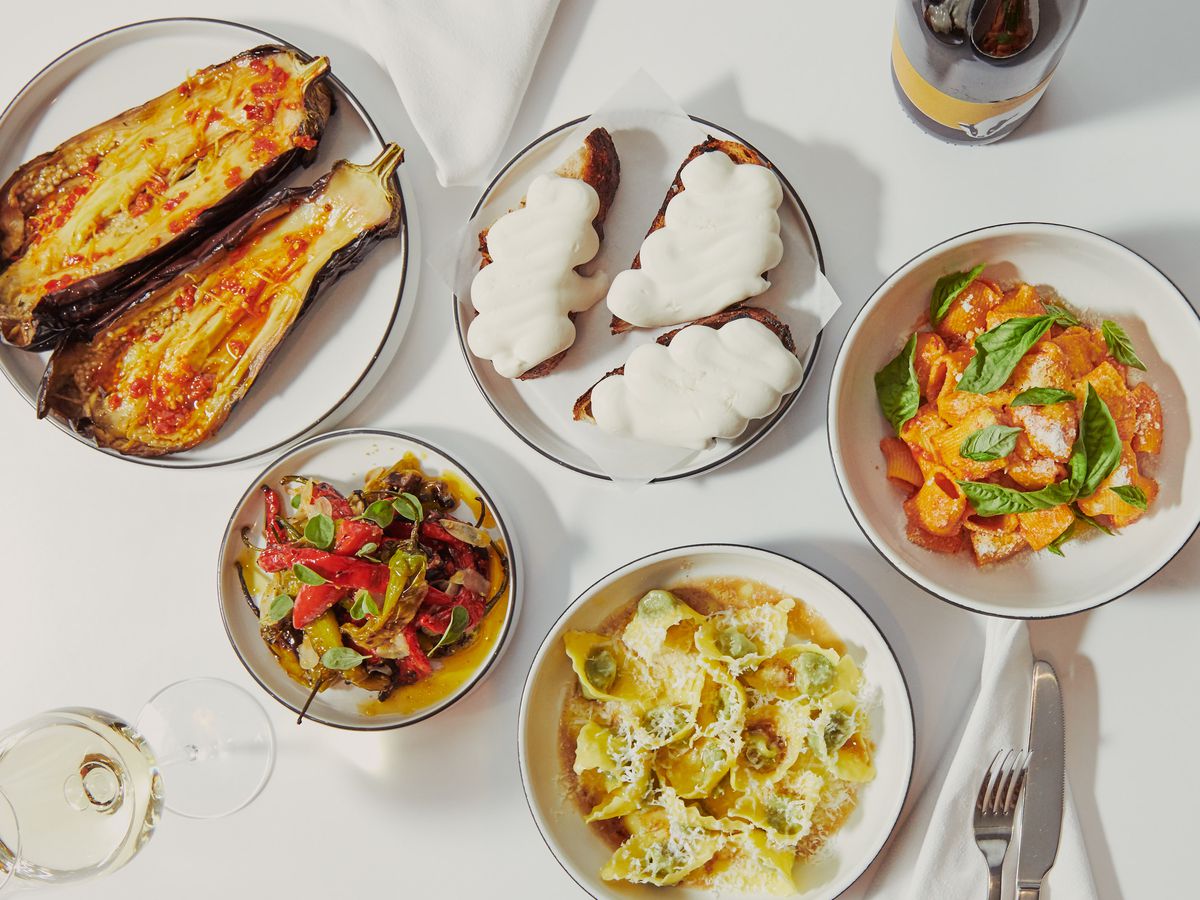In the world of cooking and baking, precision is key. Whether you're measuring out ingredients for a savory dish or a delectable dessert, understanding the concept of ounces and how they relate to cups is essential. Ounces, abbreviated as Oz, are a common unit of measurement used in the United States to measure weight, mass, or volume. But how many ounces are in a cup? And does it differ for liquid and dry ingredients? In this article, we will explore these questions and provide you with helpful tips and conversion ratios to ensure your culinary creations turn out as intended. So grab your measuring cups and let's dive in!
Understanding the Concept of Ounce
Ounce, abbreviated as Oz, is a unit of measurement commonly used in the United States' customary and imperial systems to measure weight, mass, or volume. In terms of measurement, 1 ounce is equivalent to 28.35 grams or 0.029 kilograms. The most frequently used types of ounces in the US are liquid ounces and dry ounces, each with its own set of measurements.
Liquid ounces are used to calculate the volume of liquid ingredients, while dry ounces are used to measure non-liquid ingredients such as baking ingredients. It is important to distinguish between the two when determining the number of ounces in a cup.
How Many Fluid Ounces in a Cup?
When it comes to measuring liquids such as milk, water, oil, and juice, the unit of measurement used is fluid ounces (fl oz). In the case of liquid measurements, 1 cup is equivalent to 8 fluid ounces, or simply put, 1 cup equals 8 fl oz.
This measurement remains consistent regardless of whether you are measuring a hot cup of coffee or a cold glass of iced tea.
How Many Dry Ounces in a Cup?
For dry ingredients like sugar, flour, or oats, the standard unit of measurement is dry ounces (oz). However, it is important to note that the number of ounces in a cup of dry ingredients can vary due to variations in the density of each item.
There is no definitive answer to the question of how many ounces are in a cup of dry ingredients. Depending on the ingredient, one cup of dry ingredients can weigh anywhere from 4 to 8 ounces. For example, 1 cup of all-purpose flour is equal to approximately 128 grams or 4.5 ounces, while 1 cup of white sugar is equal to around 198 grams or 7 ounces.
Different Measurement Systems for a Cup
It is worth noting that the measurements of a cup can differ between countries or even between different measurement systems. In the United States, 1 cup is equal to 8 fluid ounces (fl oz). However, in the United Kingdom, 1 cup is equal to 10 fl oz.
For those who prefer the metric system, 1 cup is equal to 250 milliliters (ml) of liquid or 8.45 ounces.
Therefore, it is crucial to double-check the measurements to ensure accurate results.
How to Convert From Ounces to Cups
Now that we have established how many ounces are in a cup, let's discuss how to convert from ounces to cups. This can be particularly useful when you need to quickly determine the equivalent measurements for an ingredient without physically measuring it.
To convert ounces to cups in US measurements, simply divide the number of ounces by 8. For example, if you have 24 ounces, this would be equal to 3 cups (24/8 = 3).
If you are using the metric system or UK measurements, divide the number of fluid ounces by 10 to get your answer for converting ounces to cups. For instance, if you have 120 fl oz, this would be equal to 12 cups (120/10 = 12).
It is essential to note that these conversion ratios apply to fluid ounces only.
Measuring Tips and Equipment
When it comes to measuring ingredients, using the appropriate tools is crucial to ensure accurate results. Here are some essential measuring tools for both liquid and dry ingredients:
1. Liquid measuring cups: These cups are usually made of plastic or glass and have spouts for easy pouring. They are marked with measurements in cups, ounces, and milliliters. When measuring liquids, make sure to read the measurement at eye level.
2. Dry measuring cups: These cups are typically made of metal and have flat rims and a curved bottom. They are marked with measurements in cups and ounces. When measuring dry ingredients, such as flour or sugar, use a spoon to fill the cup and level off the excess with a knife or spoon.
3. Measuring spoons: Measuring spoons come in a set and are used for measuring small amounts of ingredients, such as teaspoons or tablespoons. They are marked with measurements in teaspoons, tablespoons, and sometimes milliliters.
Conclusion
Understanding the concept of ounce and how it relates to cups is essential for accurate measurement in cooking and baking. Whether you are measuring liquid or dry ingredients, using the correct measuring tools and following conversion ratios will ensure your recipes turn out as intended.
Remember to double-check the measurements, especially when using different measurement systems or converting between fluid ounces and dry ounces. With the right knowledge and tools, you can confidently measure ingredients and achieve delicious results in your culinary pursuits.
In the world of cooking and baking, understanding the concept of an ounce and how it relates to cups is essential for achieving accurate measurements. By using the correct measuring tools and following conversion ratios, you can ensure that your recipes turn out just as intended. Remember to double-check your measurements, especially when dealing with different measurement systems or converting between fluid ounces and dry ounces. Armed with the right knowledge and tools, you can confidently measure ingredients and embark on a culinary adventure that yields delicious results. So go ahead, get creative in the kitchen, and let your measurements be the secret ingredient to success.





